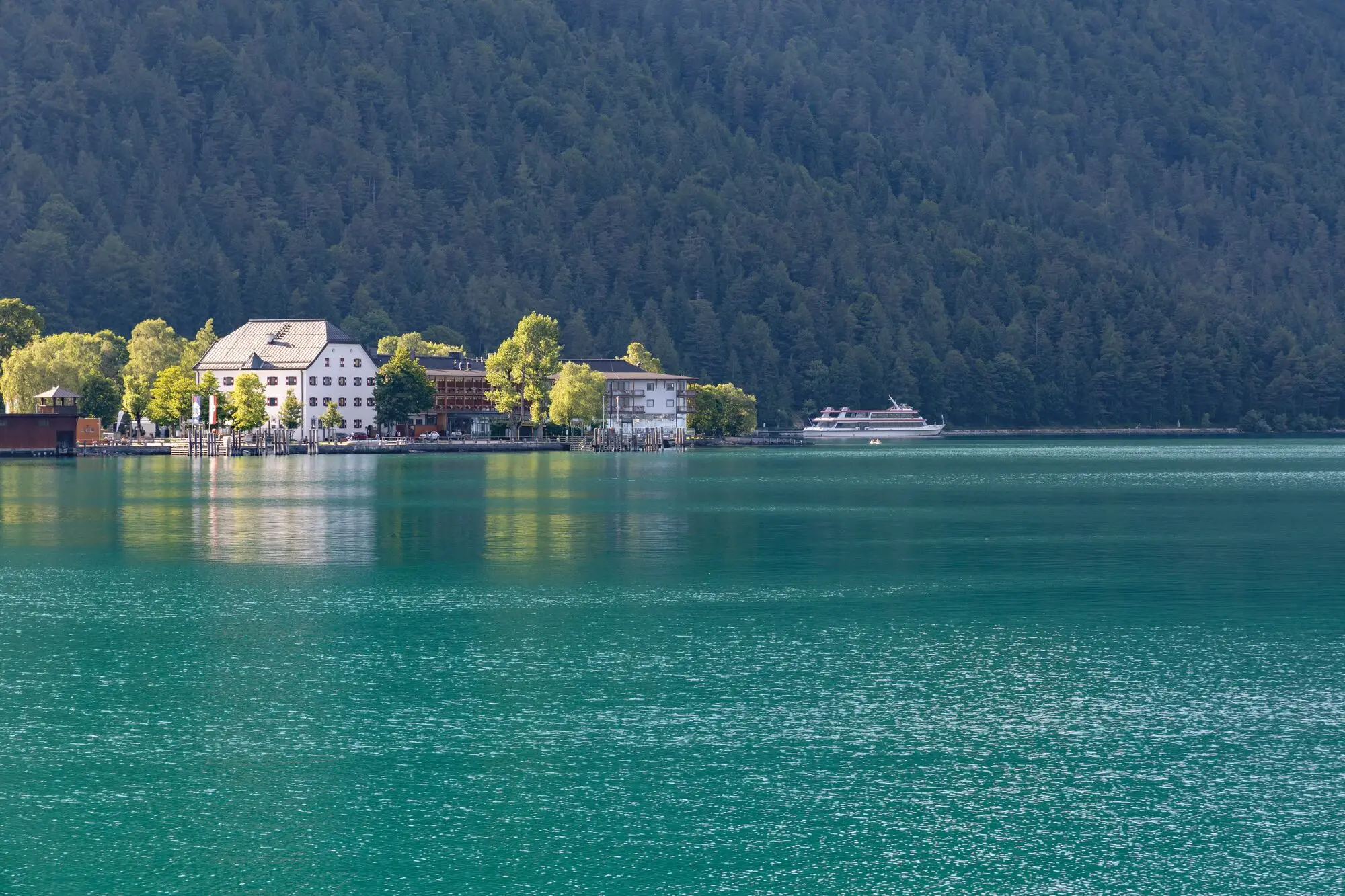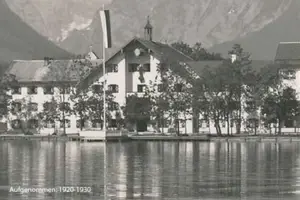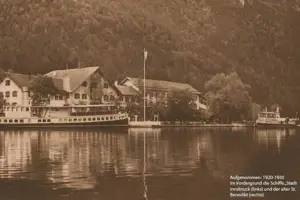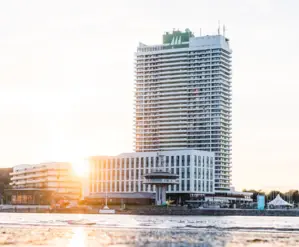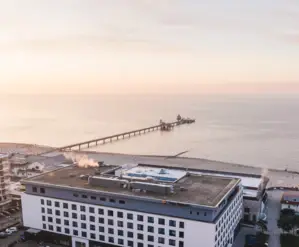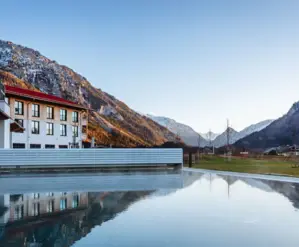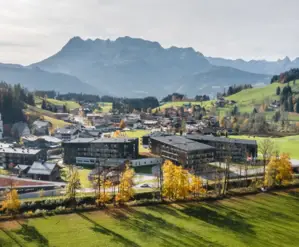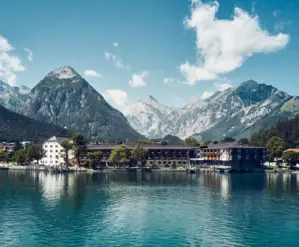Of princes, monks and globetrotters
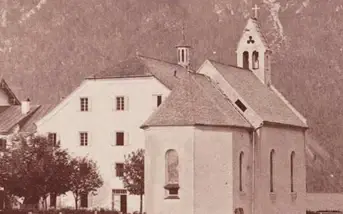
Did you know that Lake Achensee and much of the surrounding area was long owned by the local Benedictine monks? In the 12th century, Lake Achensee was bequeathed to the monastery of St. Georgenberg, and in the 15th century, it was the home of dukes, princes and even emperors. Magnificent hunts were held around the lake. In 1509, Emperor Maximilian travelled from Innsbruck with around 300 horses. The court hunts at Achensee were also considered exclusive events. Archduke Ferdinand had an exclusive hunting lodge, the "Fürstenhaus", and his own personal ship built especially for the occasion. The former hunting grounds quickly became a sought-after recreational area for the nobility. Even then, the crystal clear waters, deep forests and mighty mountain peaks were the epitome of idyll and relaxation.
For a long time, fishing and lumbering were the main sources of income for the people of the Achental. From 1495, however, the expansion of the mule track over the Achen Pass into a road meant that there was also a lively trade in goods and long-distance transport, which led to an increase in customs revenue. Lively shipping and the construction of the Achensee railway also contributed to the region's prosperity.
When transit traffic in the Achen Valley began to decline in the 19th century, the area's advantages came to the fore again. The Achensee once again became a popular year-round holiday destination. Not surprisingly, the picturesque landscape also attracted poets, thinkers and intellectuals of all kinds. Karl May, Adolf Pichler and Werner Quensted once gazed upon the shores of Tyrol's largest lake. The Austrian poet Hermann von Gilm once described the Achensee as "Tyrol's crown jewel". The shimmer of the crystal-clear, blue Achensee still captivates many visitors today, and the young Emperor Franz Joseph is said to have shot three chamois while hunting near the lake in the Gramai.

